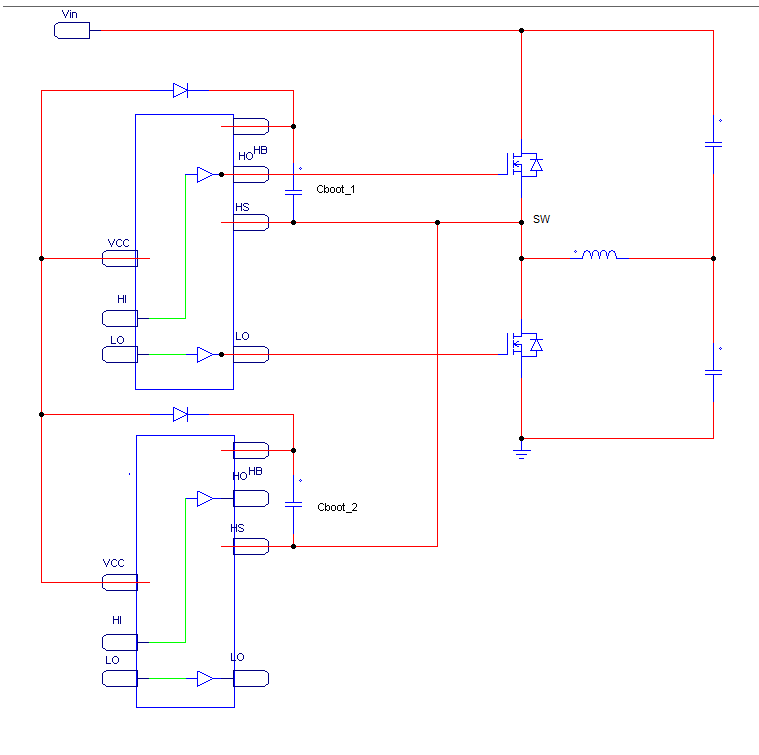Hi,
I am considering that it is used as a gate driver of Boost circuit UCC2720x.
It I will boost from 12V to 48V synchronous boost circuit . Inductor current is a maximum of approximately 100A.
I know that it can not drive at 100% duty gate of the high side to charge the bootstrap condenser.
Can I achieve a 100% duty by an external circuit?
Or Is there automotive products its absolute maximum voltage is over 100V and can drive 100% duty?
Because I'm very hurry, please tell me any information.
Thanks.


